What are Xenon Headlights?
First, it’s important to know what xenon headlights are. Xenon itself is a chemical element—one of those elements you’d find on the periodic table in a science classroom, which is a colourless gas, but in an electric field it has a blue glow. Thanks to this illuminating property, the gas is used to fill some kinds of light bulbs. Unlike other light bulbs, which contain a filament that heats up and produces light, xenon bulbs have two electrodes on either end. When the bulb is turned on, an electric current passes between them, creating the white or blue glow associated with this type of headlights.
Xenon bulbs offer several advantages over halogen headlight bulbs, which are more common. They are much brighter and have a higher colour temperature. That means they produce a bright white light that resembles daylight more closely than the yellow glow of a halogen bulb, and they also have a longer life time than halogen.
Xenon car bulbs are often referred to as high-intensity discharge, or HID, bulbs. These two terms are generally interchangeable. However, some manufacturers of halogen bulbs use small amounts of the gas within their bulbs and market them as xenon bulbs. While these might have more of the blue colour as that of xenon car bulbs, you won’t get the extra brightness or longevity that make these bulbs desirable.
What are Bi-Xenon Headlights?
So what exactly are bi-xenon headlights, and why do drivers use them? Well, we have to remember that xenon headlight bulbs are extremely bright. In fact, they can blind drivers ahead of you or oncoming traffic if not properly installed. In a standard headlight, xenon bulbs are typically used only for the dipped beam, or low beam, headlight to avoid this potential danger. Regular halogen bulbs, which are less likely to blind other drivers, are used as the high beam or main beam.
Bi-xenon headlights, however, use xenon bulbs for both the dipped beam and main beam. Typically, one bulb is used in each headlight, as opposed to the one xenon and one halogen bulb you would find in a regular xenon headlight.
In order to get both the main beam and dipped beam in one bulb, reflectors may be added to the headlight. When the driver switches between main and dipped beam headlights, the reflectors adjust the angle of the light. Some bi-xenon headlights use shields instead of reflectors. These shields block light when dipped beams are in use. They lift up to allow more light for the main beams when needed.
Bi-Xenon Vs. Xenon Headlights - Which is better?
Xenon and bi-xenon headlights each have their advantages. Xenon headlights are more commonly used, but plenty of drivers and car manufacturers are making the switch to bi-xenon headlights.
One benefit to regular xenon headlights is that there are fewer moving parts. Instead of relying on a reflector or a shield to physically switch between dipped and main beams, these headlights simply switch to another bulb. Fewer parts means there’s less chance of something breaking or malfunctioning.
However, bi-xenon headlights offer many advantages. Drivers who prefer HID headlights like the bright white light that xenon bulbs provide. Using halogen bulbs for your main beam headlight means losing this added brightness. If you use your main beams frequently, you might find a bi-xenon headlight is better.
Drivers who switch between main and dipped beams often might also prefer bi-xenon headlights. That’s because xenon bulbs take a few seconds to light up. It’s not much time, but if you’re speeding down a dark road, you don’t want to wait even a fraction of a second for your headlights to turn on. With a xenon headlight, your bulbs turn off and back on each time you switch between main and dipped beam.
If you spend most of your time with your dipped beam headlights on, then xenon headlights should work fine. But if you’re set on using xenon bulbs all the time, or if you find yourself turning on your main beams often, then bi-xenon headlights are a great choice.
Shop Bi-Xenon headlights at PowerBulbs.












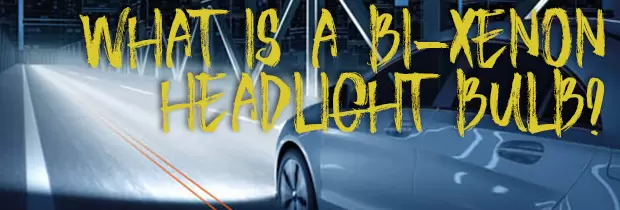
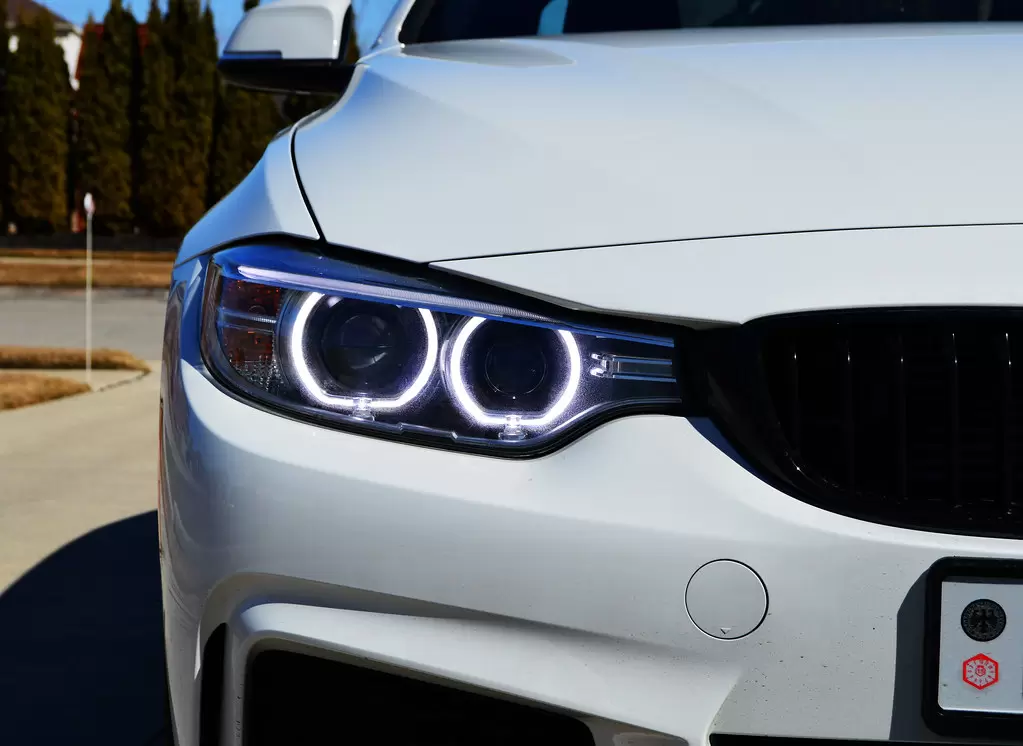
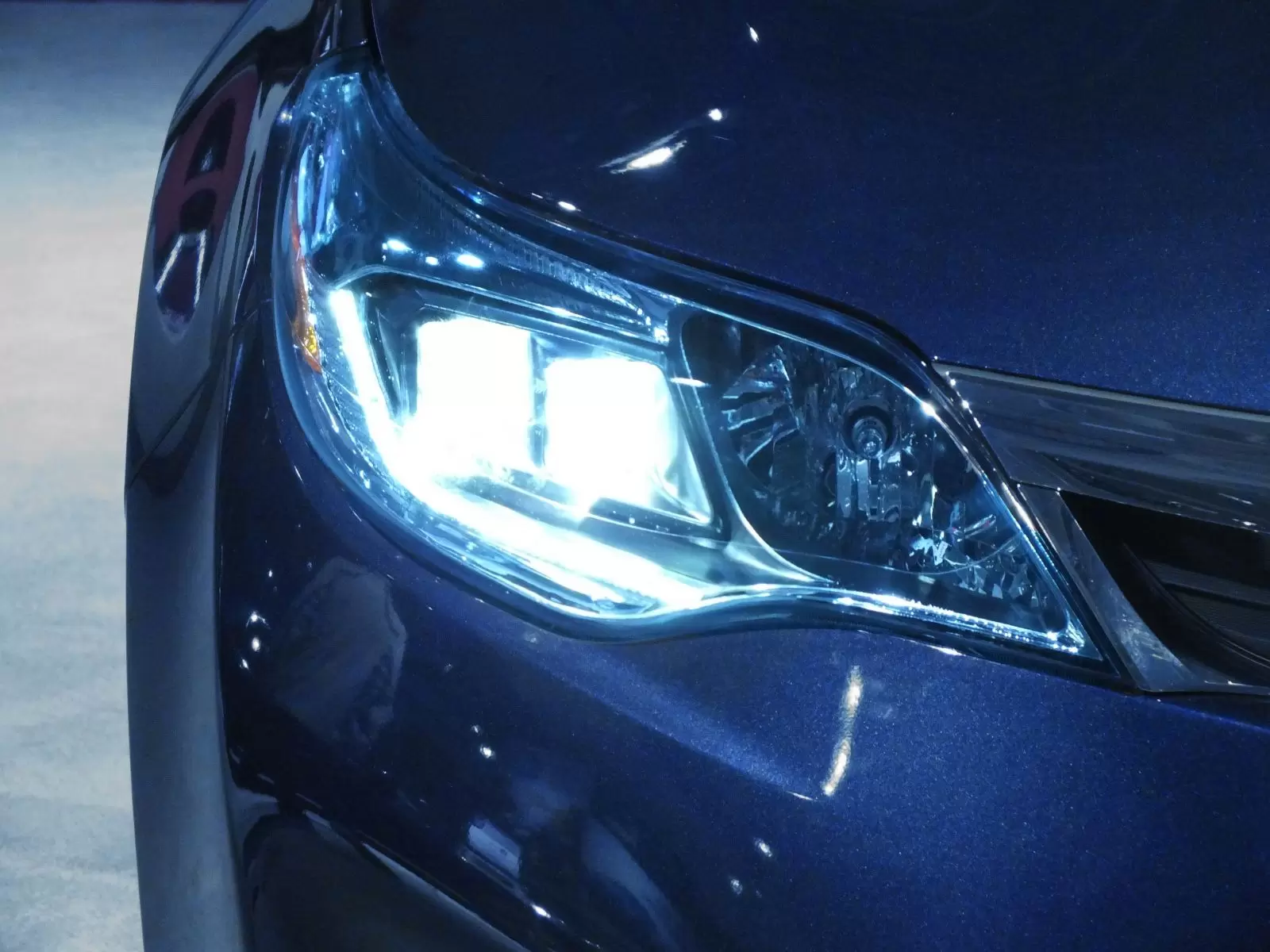

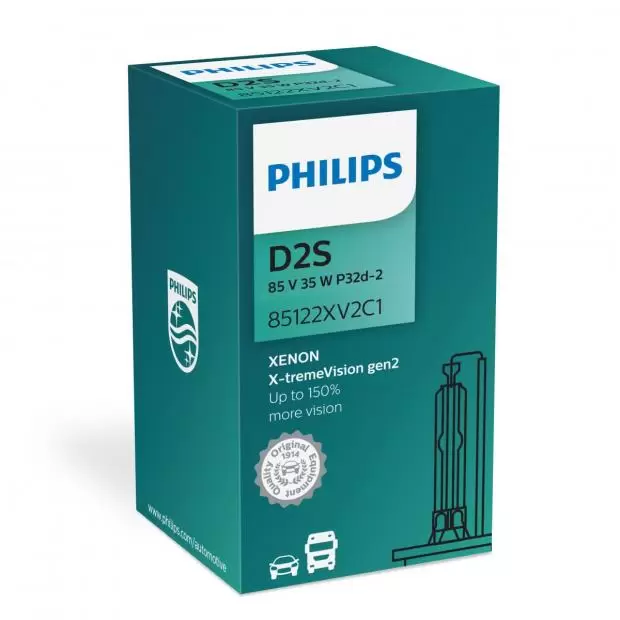
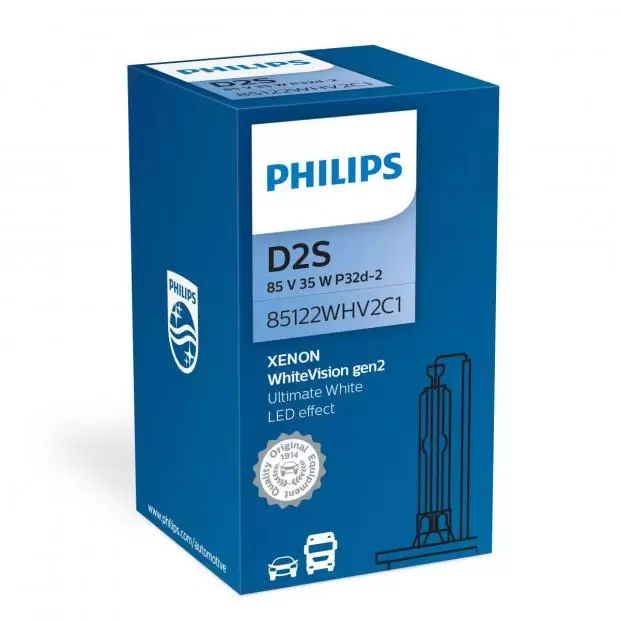












 Close
Close